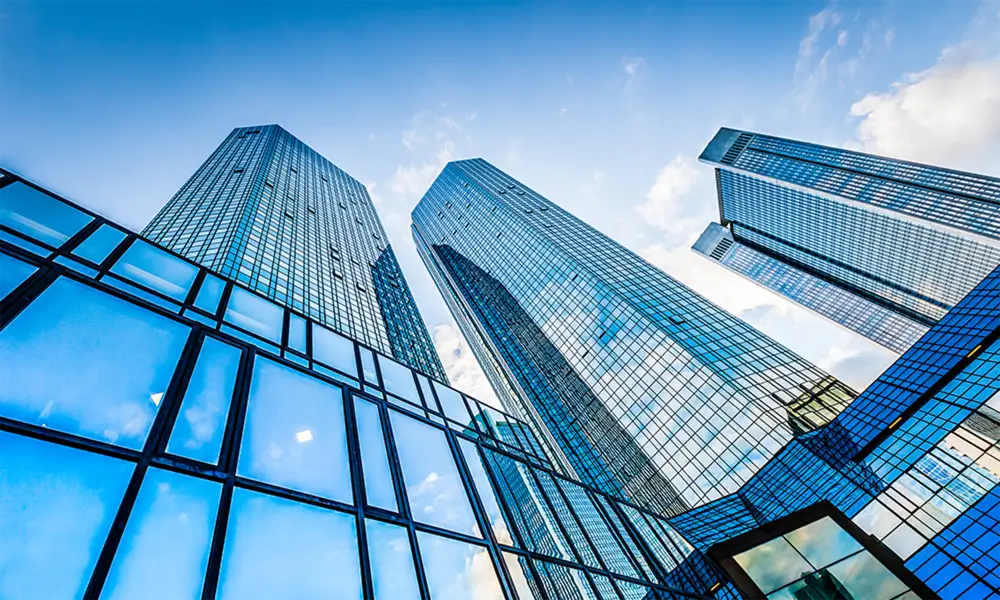

Understanding One-Way Reflective Glass A Modern Solution for Privacy and Aesthetics
In the landscape of architectural design and modern security solutions, one-way reflective glass has emerged as a pivotal innovation. This unique type of glass serves a dual purpose it provides an unobstructed view from the interior while maintaining privacy from the outside. Its applications range from office buildings to residential homes, enhancing both aesthetics and security.
What is One-Way Reflective Glass?
One-way reflective glass, often referred to as mirror glass or reflective glass, is designed with a special coating that allows light to reflect on one side while permitting visibility from the other. This phenomenon is primarily due to the physics of light and how it interacts with surfaces. During the day, when the outside light is brighter than the interior lighting, those on the outside see a mirror-like surface, while people inside can see clearly outside.
One-way reflective glass is typically created by depositing a thin metallic coating on one side of the glass, which enhances its reflective properties. The effect is most pronounced during daylight hours when the interior is dimmer than the exterior. However, it is important to note that this effect reverses at night when the interior is more brightly lit than the exterior, which can lead to a potential loss of privacy.
Applications of One-Way Reflective Glass
One of the most significant benefits of one-way reflective glass is its versatility. It is employed in various settings, including
1. Commercial Buildings In office spaces, reflective glass is a popular choice for windows. It reduces glare for occupants and minimizes heat gain, which can lower energy costs associated with air conditioning. Additionally, the sleek, modern appearance adds a touch of sophistication to any building.
2. Residential Settings Homeowners increasingly use one-way reflective glass in windows and doors to enhance privacy without sacrificing natural light. It is particularly advantageous for homes situated close to streets or neighboring properties.

3. Security Applications Reflective glass is often used in security installations, such as banks and jewelry stores, where visibility must be limited from outside while allowing employees to monitor activities discreetly.
4. Privacy Partitions In environments like hospitals and clinics, one-way reflective glass can be used for office partitions, offering a way to maintain privacy for patients without compromising openness and communication among staff.
Benefits of One-Way Reflective Glass
The advantages of one-way reflective glass extend beyond aesthetics and privacy. These include
- Energy Efficiency By reducing heat gain from sunlight, one-way reflective glass helps regulate indoor temperatures, thereby decreasing the reliance on heating and cooling systems. This energy efficiency can contribute to lower utility bills and a reduced carbon footprint.
- UV Protection Reflective glass can block harmful ultraviolet (UV) rays, which helps in protecting furniture and interiors from fading while also reducing the risks associated with prolonged sun exposure.
- Safety and Security The reflective coating not only provides privacy but also adds a layer of security, as it is more challenging for outsiders to see inside. This feature can be particularly beneficial in urban environments where safety is a concern.
Conclusion
One-way reflective glass embodies the intersection of functionality and design innovation. Its ability to create private yet light-filled spaces makes it a relevant choice for modern construction and interior design. As architects and builders continue to seek materials that enhance sustainability, comfort, and security, one-way reflective glass stands out as a practical solution that meets the demands of contemporary lifestyles. Whether in homes, offices, or public buildings, this modern marvel reflects our evolving needs for privacy and aesthetics.